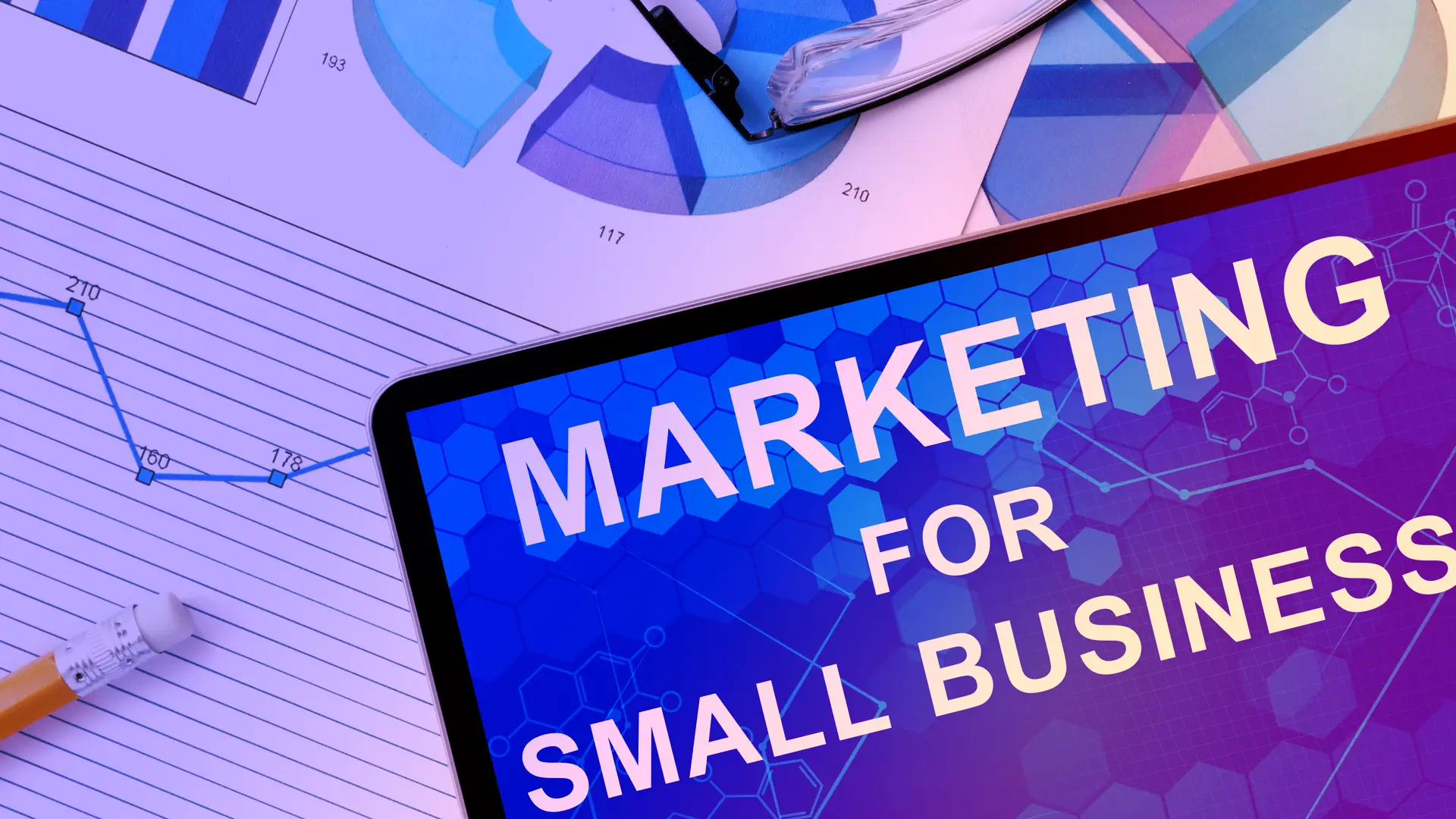State of SMB Marketing in 2025: Budgets, Battles, and the New Growth Levers

As of March 2024 we have renamed Apexchat to Blazeo. We are excited to share the next part of our journey with our customers and partners.
The name ApexChat implies that we are primarily a chat company, which is no longer true. Now we have many offerings, such as call center services, AI, Appointment setting, SMS Enablement, Market Automation, and Sales acceleration (Q2 2024), that go beyond chat. The new name will not only allow us to convey the breadth of our offering but will also better convey our company’s mission and values.
Blazeo, which is derived from the word Blaze, evokes a sense of passion, speed, and energy. A “Blaze” is captivating, illuminates, and represents explosive growth. Blazeo encapsulates our mission to ignite such growth for our customers and partners by delivering innovation with passion, speed, and energy.

If 2024 was the year of testing AI in marketing, 2025 is the year of scaling what actually works. For small and midsize businesses (SMBs), understanding SMB marketing trends for 2025 means doing more with lean budgets, navigating volatile platforms, and finding growth levers that don’t fizzle out after a quarter.
So where are SMBs putting their money this year? What’s tripping them up? And which strategies are turning into genuine growth engines? Let’s unpack the state of SMB marketing in 2025.
According to Intuit’s SMB MediaLabs survey, 96% of small businesses plan to advertise in 2025, with an average ad budget of roughly $78,000. The aggregated U.S. spend across SMBs is estimated at a staggering $275,98 billion this year. At this pace, ad spending is set to climb steadily—growing 11.71% each year on average—and could hit nearly $480 billion by 2030.
Three-quarters of SMBs use social media advertising—and importantly, 75% say it’s effective. Almost half (48%) of those ramping up ad spend in 2025 are reallocating more into social, while only 27% and 14% are bumping spend on search and paid search, respectively. Moreover, social advertising can deliver an eye‑popping $5 return per $1 spent.
With 2.5 billion people on YouTube each month, it’s no surprise that 70% of SMBs now pay to advertise their videos there—and among those with a channel, a striking 83% say it helps them reach new audiences and grow their customer base.
Although specific numbers vary by industry, benchmarking continues to show high returns per dollar spent on email marketing—often cited in the tens of dollars back per $1 invested.
Hyperlocal search and review optimization may be harder to quantify, but for SMBs in retail, services, and hospitality, they remain the slow-but-steady foundation of repeatable leads—a view echoed in BrightLocal’s 2025 report, where 72% of SMBs said SEO has a significant impact on their growth.
Also read: Why Hybrid AI and Human Lead Capture is the Ultimate 24/7 Conversion Strategy
Ad spend must now prove itself quickly. Intuit’s 2025 Small Business Advertising Trends report shows that over 30% of SMBs check their ROI daily—or even hourly—using marketing technology to stay on top of spend.
Google’s indecision on deprecating third-party cookies and TikTok’s shaky regulatory path have left many critics reshuffling their channel mix. The verdict: diversify, and rely more on owned communication (email, SMS, messaging apps).
Even with AI tools in the stack, teams still wrestle with creative production, reporting, and rapid lead response—especially when short-form content demands attention every single day.
WhatsApp is no longer niche—globally, it boasts over 3 billion monthly active users, and in the US, it's crossed the 100 million MAUs threshold. For businesses, over 200 million use WhatsApp Business, with 175 million users messaging a business every single day. Seventy‑five percent of messaging app users say they go on to purchase after contacting a business through WhatsApp.
Everyone knows leads cool fast. SMBs are turning to AI-powered assistants—like Blazeo—to triage, engage, and route in real time, so prospects don’t drop off until Monday morning.
Video content doesn’t need Hollywood budgets. SMBs are winning with high-frequency, hook-rich clips—often produced in-house or with local creators—then boosting only the winners.
Leading SMB marketers are focusing on just three weekly metrics:
Also read: Why Blazeo’s Hybrid AI-Human Support Model Wins in 2025
Rather than lead the narrative, Blazeo serves as the wiring between your marketing moves:
Blazeo doesn’t replace your creative hustle—it just smooths the handoffs.
SMB marketing in 2025 isn’t about chasing every new channel—it’s about owning conversations, moving faster, and measuring what matters. Ad budgets are steady but under scrutiny; success goes to teams that capture attention quickly, converse directly, and act weekly.
With the right discipline, small budgets can still have a big impact—while lean teams remain nimble.
And if you’re looking for a way to keep leads warm 24/7, unify conversations across channels, and measure what really drives revenue, tools like Blazeo make that shift easier—without the heavy lift.
The biggest SMB marketing trends in 2025 include increased social media advertising, scaling video content, email marketing’s strong ROI, and local SEO as a foundation for lead generation.
On average, small businesses are allocating about $78,000 toward advertising in 2025, with the total U.S. SMB ad spend estimated at $276 billion.
SMBs are grappling with cost pressures, the need to prove ROI faster, platform instability (e.g., Google’s cookie changes, TikTok regulation), and time/resource bottlenecks in content production.
Social media ads, YouTube video campaigns, email marketing, and local SEO remain highly effective. Direct communication tools like WhatsApp are also becoming key drivers of engagement.
The most successful SMBs are using AI-powered tools to respond to leads instantly, adopting WhatsApp flows for direct engagement, and tracking lean KPIs such as lead response time and cost per qualified lead.
In the first 30 days, stabilize metrics and capture opt-ins. In days 31–60, test short-form videos, SEO updates, and email flows. In days 61–90, reallocate budget to high-performing ads and scale direct messaging campaigns.